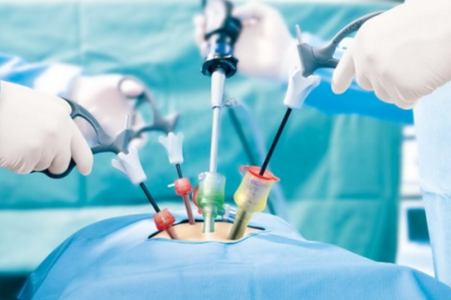Laparoscopy and Hysteroscopy

Common Conditions Diagnosed & Treated by Hysteroscopy:
Abnormal uterine bleeding
Uterine polyps and fibroids
Intrauterine adhesions (Asherman’s syndrome)
Septate uterus (congenital uterine malformation)
Infertility and miscarriage evaluation
Removal of retained products after miscarriage or childbirth
Common Conditions Diagnosed & Treated by Laparoscopy:
Endometriosis
Ovarian cysts
Ectopic pregnancy
Pelvic adhesions
Uterine fibroids
Infertility evaluation
Removal of the appendix or gallbladder
Hernia repair
Symptoms that Might Require Laparoscopy or Hysteroscopy
If you experience any of the following, your doctor may recommend Laparoscopy or Hysteroscopy:
Chronic pelvic pain
Unexplained infertility
Painful menstrual periods or heavy bleeding
Irregular menstrual cycles
Frequent miscarriages
Ovarian cysts detected via ultrasound
Unexplained abdominal pain or bloating
Suspected fibroids or polyps
Precautions & Prevention
While some gynecological or abdominal issues cannot be entirely prevented, early detection and timely medical consultation can prevent complications. Regular health check-ups, pelvic exams, ultrasounds, and reporting unusual symptoms early can lead to quicker diagnosis and minimally invasive treatment options like Laparoscopy or Hysteroscopy — reducing the need for open surgery.
Advantages & Benefits of Laparoscopy and Hysteroscopy
✅ Minimally Invasive:
Small incisions (or none, in hysteroscopy) mean less trauma to the body.
✅ Faster Recovery Time:
Most patients recover quicker compared to traditional open surgery, often returning to normal activities within a few days.
✅ Reduced Pain and Discomfort:
Smaller wounds mean less post-operative pain.
✅ Lower Risk of Infection:
Minimized exposure of internal tissues reduces the chance of infection.
✅ Shorter Hospital Stay:
Most procedures are done as daycare or require minimal hospitalization.
✅ Improved Diagnostic Accuracy:
Direct visualization offers precise diagnosis compared to imaging alone.
✅ Fertility-Friendly Approach:
Minimally invasive correction of reproductive system issues enhances fertility without compromising organ function.
